Uganda (Day 2): Golden Monkey Trekking- Uganda is Safe Until Otherwise!
- That's How We Travel
- Jul 16, 2022
- 6 min read
Updated: Jun 4, 2023
Summary: Mgahinga National Park, Uganda, is the home of the Golden Monkey, an endangered species. To view these beautiful (and silly) animals in the wild, was a remarkable experience. With a guide, two armed guards, and porter, we hiked roughly a few hours to find the family of 30 or so Monkeys that had been tracked by the Park's professional trackers. As part of their preservation program, time with the Monkeys is short - just one hour - but it is worth the trek. These adorable animals have so much spunk! The day did involve coming a bit close to the Congolese Civil War but don't let that deter you. As our guide said, "Uganda is Safe Until Otherwise!"

Drive to Mgahinga National Park. To get to this Park from our lodge on Lake Mutanda, we had to first endure a two hour “African Massage,” as our guide, Emma called it. Roads in Uganda, or at least in the parts of we visited, were abysmal. To call it a bumpy ride would be an understatement. In reality, it could double for an abdominal workout – that’s how much you had to brace for each bump. This, and the other parts of this drive, gave us a reinvigorated appreciation for the simple luxuries of the U.S., which include clean, running water.
All along the unkempt roads were locals walking to and from a central water faucet that contained clean water. Shanty houses along the way surely did not have running water either. Modest homes made of road-side bricks and dirt floors dotted the horizon throughout the drive. Cattle and goats grazed beside the road with leashes on their necks. Hundreds of people walked the dirt roads in simple plastic sandals. There were no cars on the road except ours and the occasional delivery truck. Trash littered the roadway and kids, as young as two years old, walked alone or in groups without adult supervision.
Beautiful people. This description, however, does not tell the whole story. What is missing is the beautiful, happy people that make up the Kisoro area. Women walking the roadside also wore colorful wraps and carried bundles of goods on their head as they made their way to the markets. Endless groups of children ran along side our car waving and laughing as we drove by – calling out to us “Muzunga!” or white person. Children in uniform dutifully walked to school in the early morning hours, sometimes before 6:00 a.m. Men headed out for a day of work.
Though clearly of modest means, this community thrives. Everyone we encountered was kind and also generous with their smiles. On one such occasion, our guide went into a store to make change for us. We encountered a group of young men while we waited. When one of them started to harass Anthony, another said in English, “come on man, let these people enjoy their visit,” and pushed the man on. We said thank you and he flashed us a bright smile.
Mgahinga National Park. The plan for the day was to hike Mt. Sabinyo in Mgahinga National Park. This challenging hike culminates in a third peak where hikers can straddle three countries, Uganda, Rwanda, and the Democratic Republic of Congo all at once. Unfortunately, our plans were thwarted by a civil war. Yep, that is correct. The Congolese Civil War that has been raging since the ‘90s, had popped up on the Uganda/DRC border. When we had arrived at Mgahinga National Park, I had heard what I thought was thunder, but as it turns out, that was the sound of shelling. That sound would continue throughout our time at Mgahinga, even as we elected against taking the risk of hiking Mt. Sabinyo.
Our itinerary already scheduled a second day in Mgahinga, with a visit to see the endangered Golden Monkeys that reside at this National Park. With the shelling continuing throughout the day, we moved our Monkey Trek up one day. Truthfully, the Park wouldn't have let us hike even if we wanted to take the risk. One thing was certain, both our travel company and the Park Rangers were super mindful of the safety of visitors.
Golden Monkey Trekking. Before we started hiking, we met with our tour guide, Hemshee (phonetic spelling) who was employed with the Park. He walked us through some of the Park history and what to expect on our trek. He also advised us that two armed guards with AK-47s would be joining us. We had thought it was protection against big game – which it is – but he also did not sugar coat the fact that it is also protection against Congolese who apparently will not bother tourists if they see that we come with protection. Throughout the day, Hemshee assured us that so long as we stayed on the Uganda side, we were safe. Though his saying, “Uganda is safe until otherwise!” did not quite land the assurances he attempted to impart.
After our briefing, we met our porter who would carry our lunch packs for us. Hiring a porter, as Hemshee advised, helps the local economy. The modest fee for his services goes directly to the porter and helps bring tourist dollars into the community. Our porter’s name was Isiah. Next, the Park treated us to a dance and song performance from local teens that participate in a cultural heritage organization. This lovely performance was unfortunately not captured on video or photo – we just enjoyed watching it too much!
The Hike. Hiking to see the Golden Monkeys takes about 2-6 hours depending on where they are currently hanging out. Monkey trackers work for the National Park and start their tracking of the clan at 6:00 a.m. and stay with the group until 6:00 p.m. Our hike started at 9:00 a.m. and at that time, they had not yet located the group. With this lack of current information, we headed up into the Park in the general direction of where the Monkeys are generally found.
The hike does have a modest amount of elevation. The first part consisting of a variety of vegetation called the Secondary Forest. This is an area formerly inhabited by native Batwa tribes that were ousted by the government to create a protection area for the Monkeys as well as the Gorillas. We were told the tribes were compensated and today enjoy the benefits of having the local National Park and tourism that it brings. Further into the hike we came across the Primary Forest which consists of old growth and almost entirely bamboo. This is the habitat that the Golden Monkey prefers.
The Golden Monkey. Living in small groups of 30 or so monkeys, this endangered species is known for the orange patch above the upper flanks and back of the monkey. As we witnessed, the love to eat bamboo but are also known to eat fruit and will move about their group looking for fresh fruit. Trackers find the monkeys by looking for dung, tracks, and the big mess they leave after eating through bamboo (!)
Our permits allowed for one full hour with the Monkeys. We were told to stay 7 meters away from the Monkeys but the Monkeys didn’t follow the rules.
Often times they invaded our space and so we sat quietly while they ate, played, and fought mildly with their group members. Masks were required to protect the Monkeys from the coronavirus.
Needless to say, this was a memorable experience. Viewing these endangered monkeys in their natural habitat was amazing - even with the sound of shelling in the background! Seriously though, we did feel safe. We are told it doesn't happen that often and even though we experienced it, we would still recommend traveling to this area.

After our hike, we headed back to our lodging at Chameleon Hill to once again enjoy the gorgeous Lake Mutanda views.

About Nkuringo Safaris. Our stay in Uganda was booked, door to door, with Nkuringo Safaris. We chose a "walking safari," which focused on seeing Uganda on foot, though we were also given the traditional driver and safari Land Rover vehicle throughout our stay. We absolutely loved this company and HIGHLY recommend using it for your stay in Uganda. Everything was top notch, from booking through post-travel communications (even shipping our souvenirs for us!). Our driver, Emma, was the best and our guide, Richard, was great with us well. Our accommodations were incredible (especially in Bwindi), and at every step of the way, we felt safe. This is not an inexpensive experience but we really felt we got our money's worth. Nkuringo also has a responsible travel policy which is clearly followed, i.e. they're not just words on a website. We would not hesitate to recommend this company to anyone traveling to Uganda.





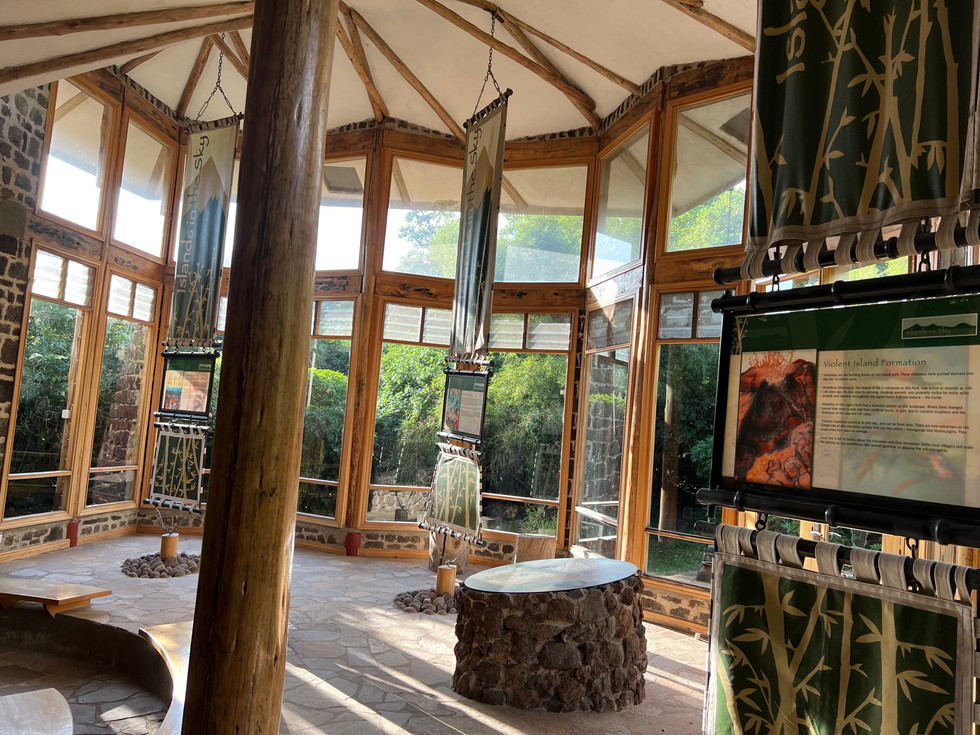







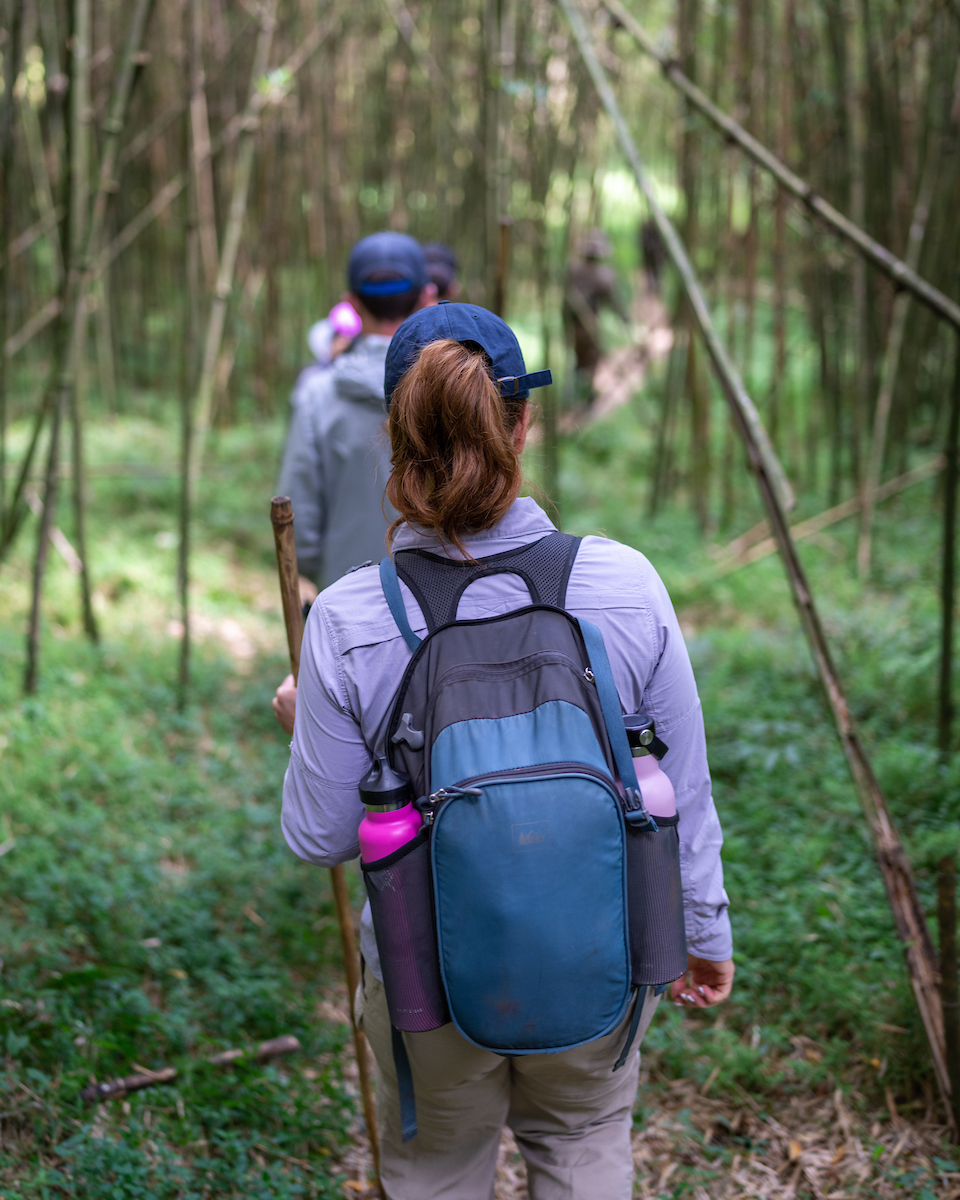







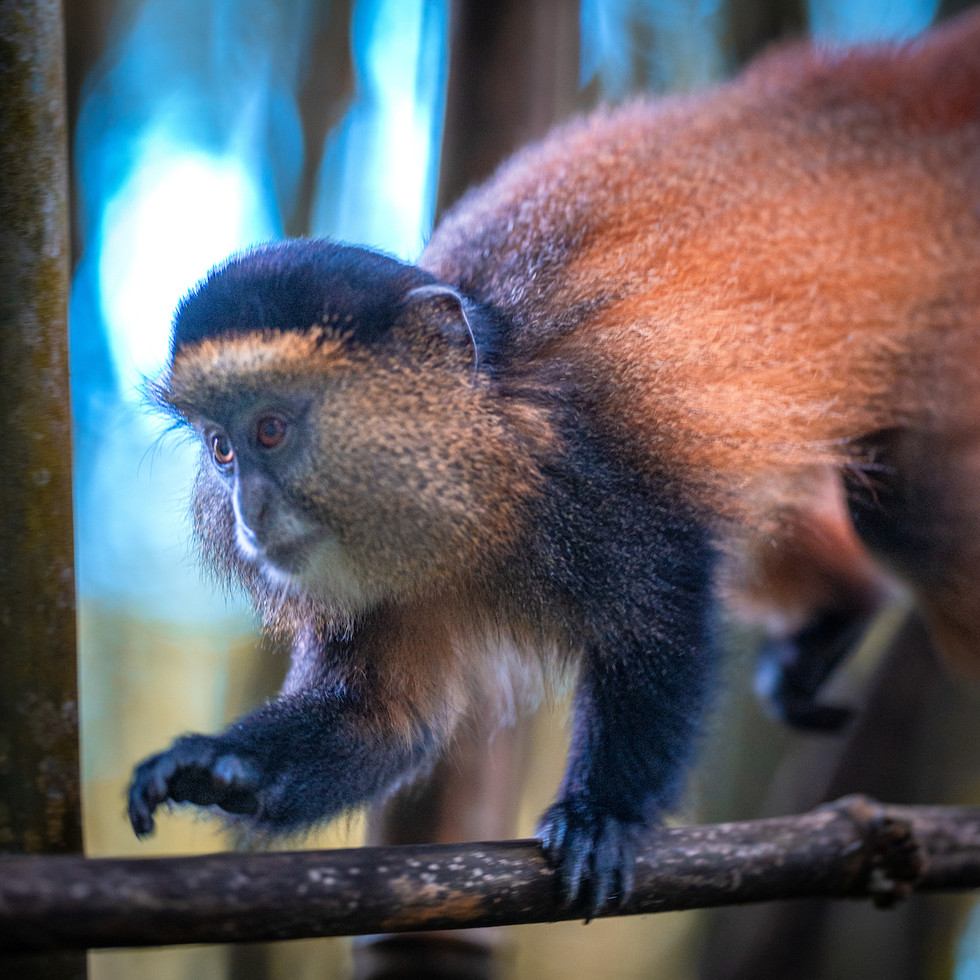



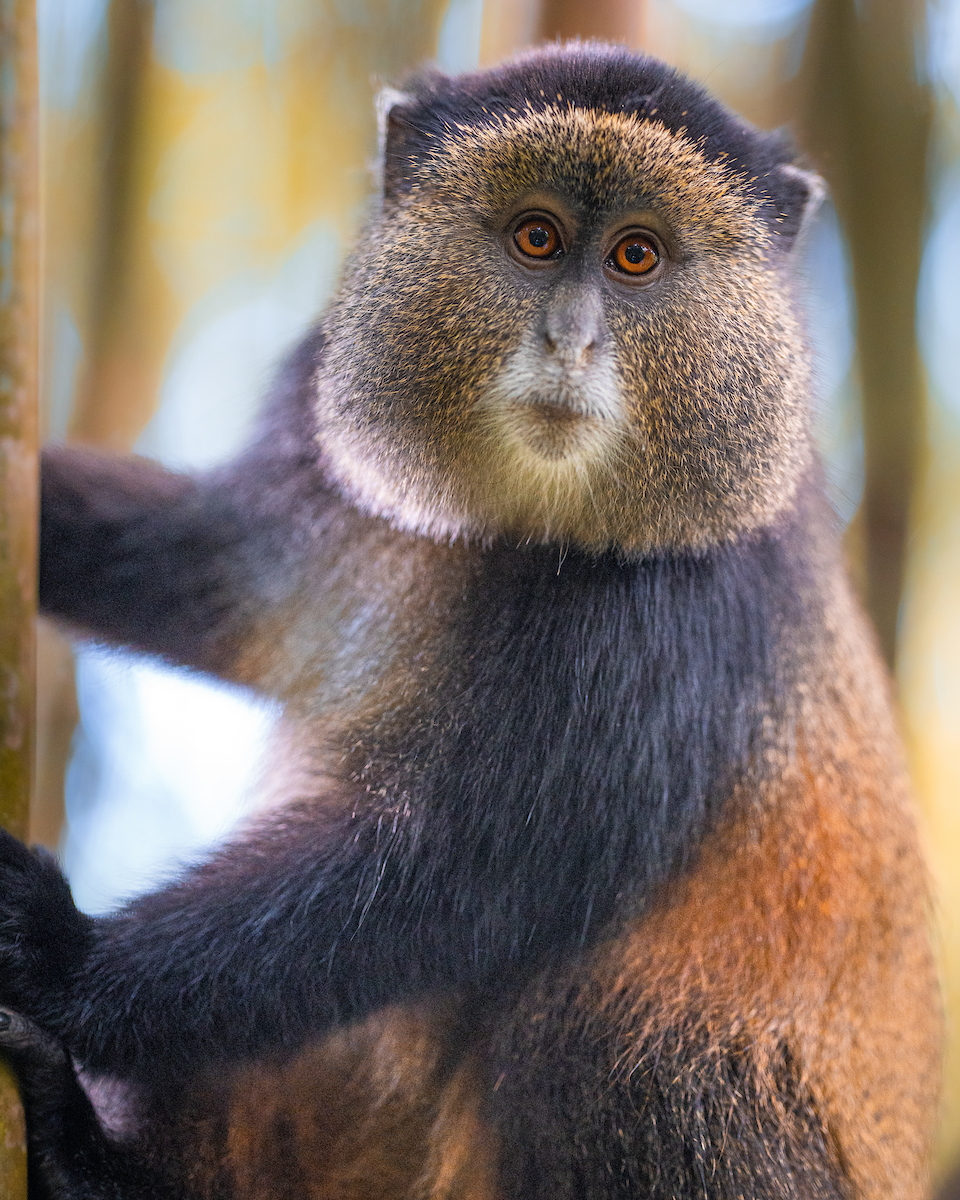

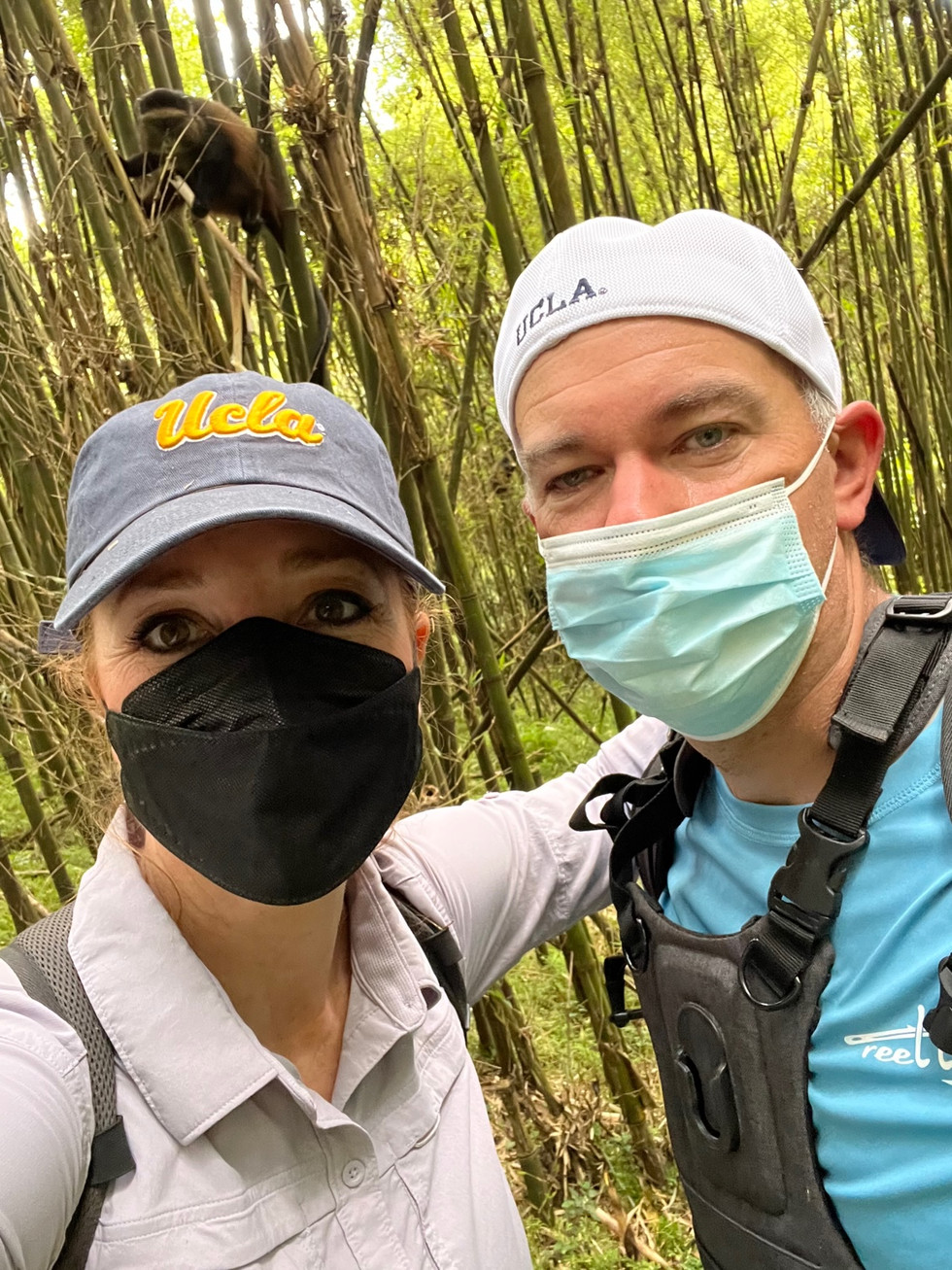









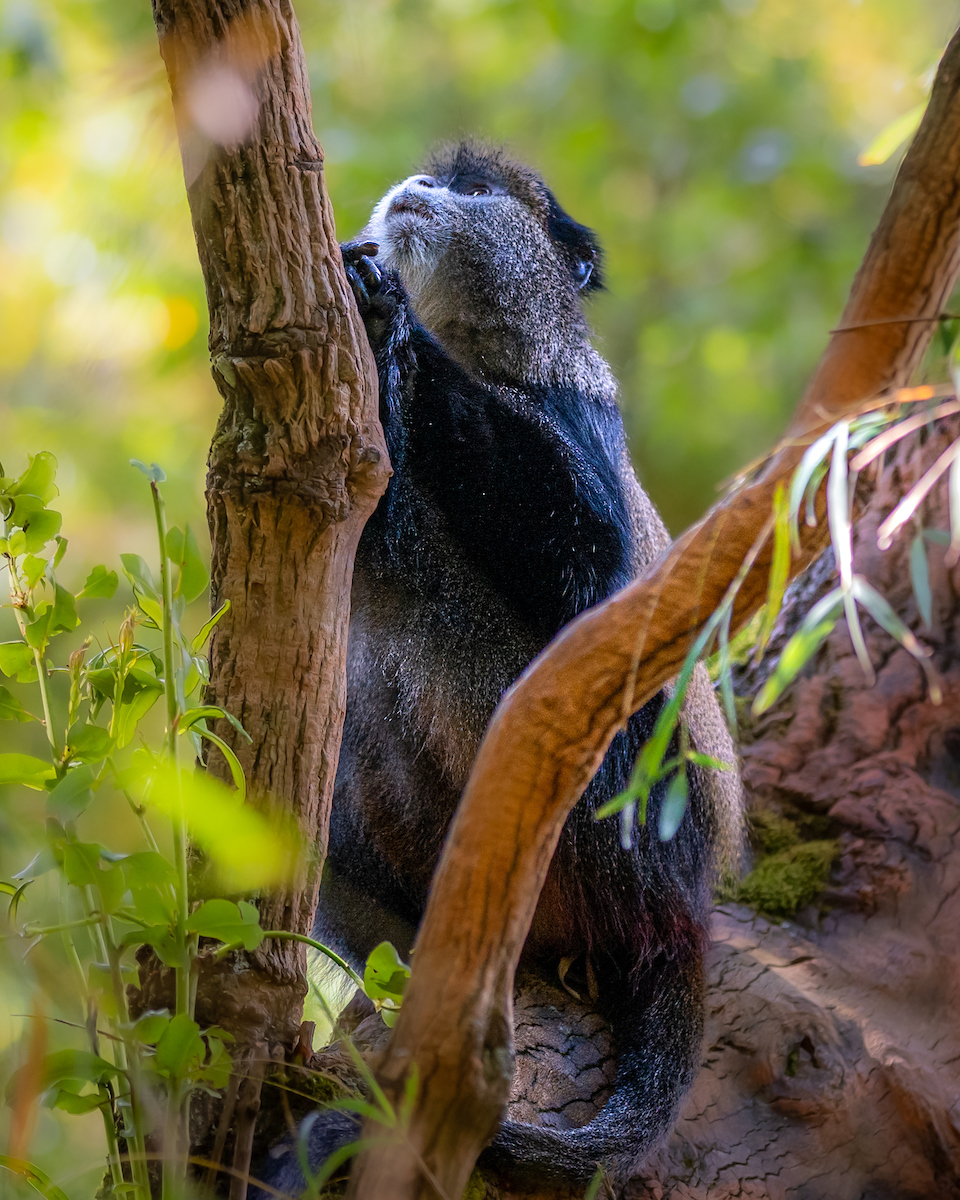
コメント